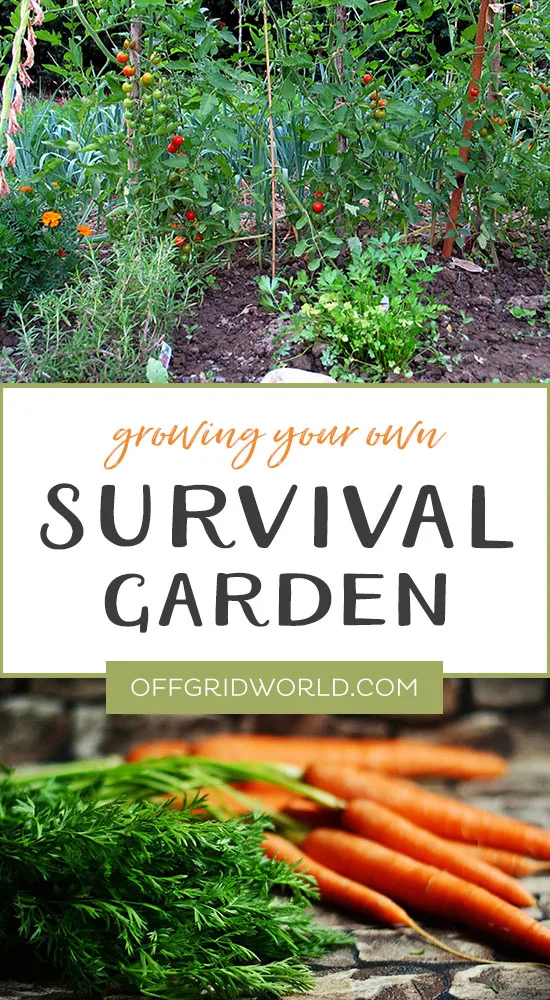As our world becomes more unpredictable, creating a survival system for yourself and your family will become increasingly important. Volumes exist explaining the best strategies for building up stocks of food and other necessary supplies as well as constructing safe and sustainable shelters. However, once the quantity of stored food begins to dwindle away, survivalists will need to know how to provide food for themselves and live off of the land. This is when a well-planned survival garden becomes a necessity.
While many people are familiar with traditional gardening, creating a garden capable of providing you and your family with means to sustain yourselves requires some specialized know-how. Make a note of these seven helpful ideas for making a survival garden to support yourself and your family; this could be the difference between life and death.
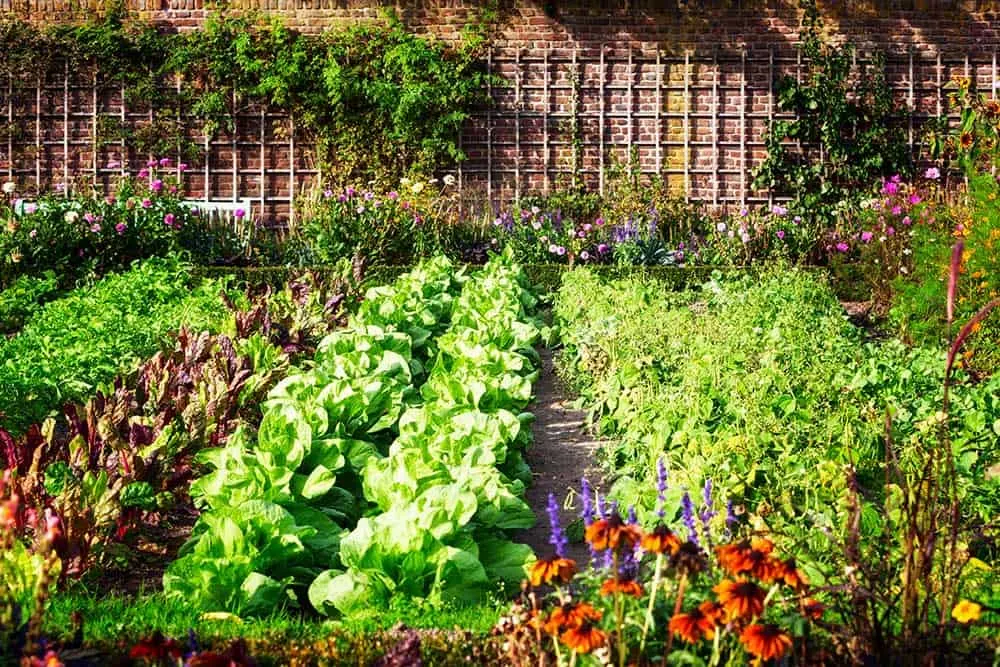
Irina Fischer/Shutterstock
Growing a Survival Garden
1. Choose your ideal location
As with all gardening, your survival garden needs to be in an area with optimal growing conditions. To sustain a garden an area needs to be well-drained and receive a minimum of six hours of full sunlight each day.
Because we never really know when an emergency situation may arise, planning your survival garden location and preparing the surroundings is something that you can and should do as soon as possible. There is no harm in having an abundance of fresh food, and you will gain experience in growing your food, which will serve you well in the future.
2. Consider your area’s climate zones before you choose your plants
Local climate zones will directly affect the success of your garden. Consult online sources to find your growing zone or seek the advice of local gardeners to find out what plants will grow best in your area.
3. Decide what you will grow and compile a collection of seeds for future use
Create a list of what kinds of freshly grown foods that your family will eat. Growing food in advance of an emergency situation helps you to figure out the foods you and your family enjoy.
You can get seeds that are specially packaged to last for years from various survival websites. You can also ensure seeds you buy from other sources will last by storing them in a cool, dry location in a container that rodents or other pests can’t breach.
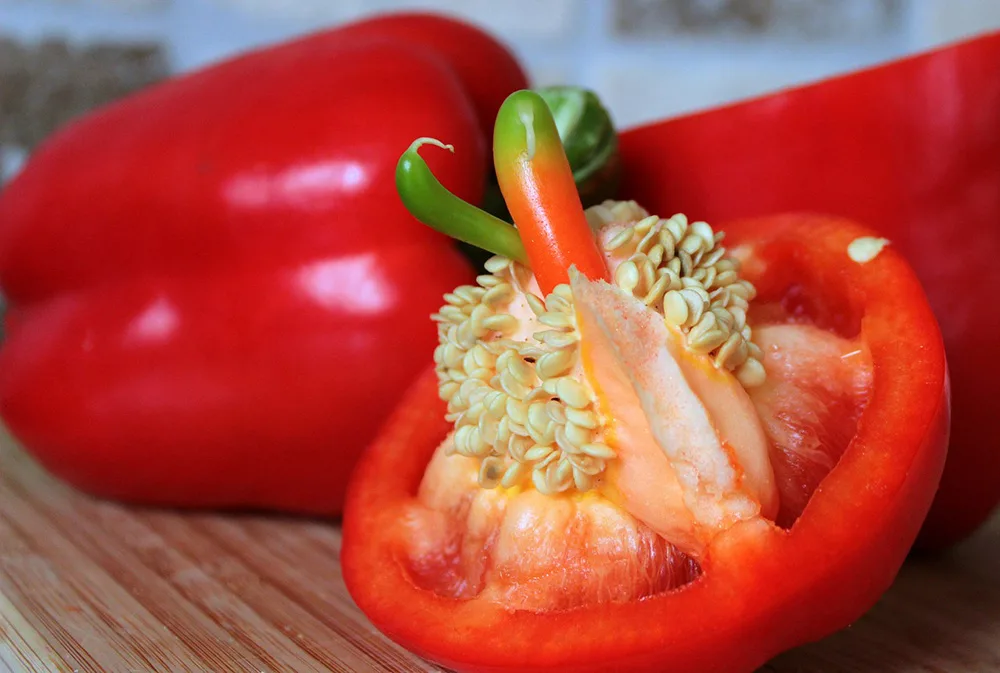
4. Research nutrition and longevity
If your garden becomes a significant source of food for your family, it is vital that you are growing foods that will meet many of your nutritional needs. If your area has a short growing season, growing foods that store well is essential. Regardless of family favorites, there are some foods that are necessities in a survival garden.
Plants for optimal nutrition:
- Beans
- Peanuts
- Potatoes
- Sunflowers (for sprouts and seeds)
- Sweet potatoes
- Peas
- Squash
- Carrots
- Beets
- Cabbage
- Corn
- Tomatoes
- Berries
- Grapes
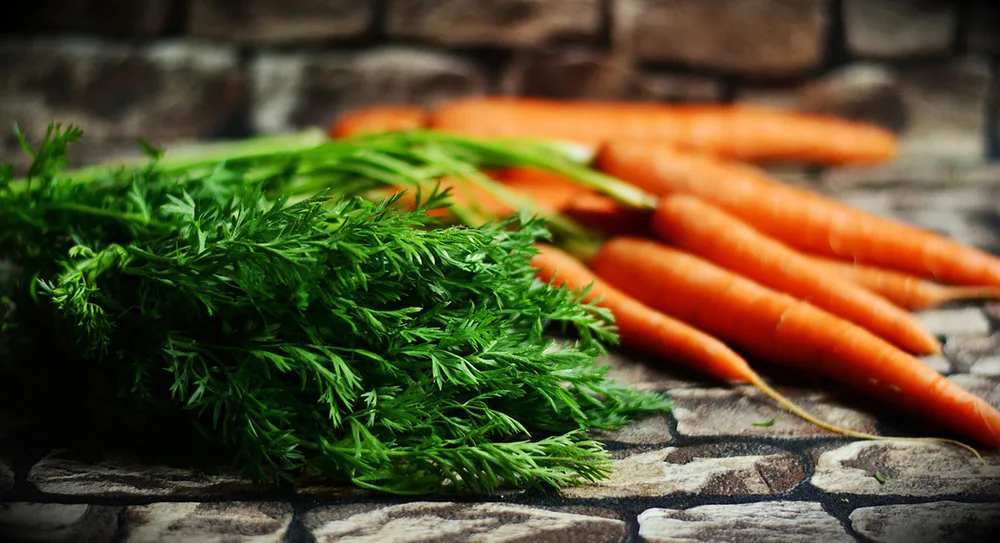
5. Plant herbs
Be sure to add herbs to your survival garden. Herbs require little space and no specialized care, yet they offer many medicinal benefits and also will make the food from your garden taste great.
Be aware that there are various ways to use these herbs in order to tap into their medicinal properties. For a comprehensive guide to the healing properties of these and other herbs, you can consult local herbalists or use online resources.
Must-have herbs for survival gardens:
- Basil
- Parsley
- Rosemary
- Chamomile
- Lemon Balm
- Thyme
- Echinacea (Purple Cone Flower)
- Milk Thistle
- Lavender
- Chives
- Sage
- Dill
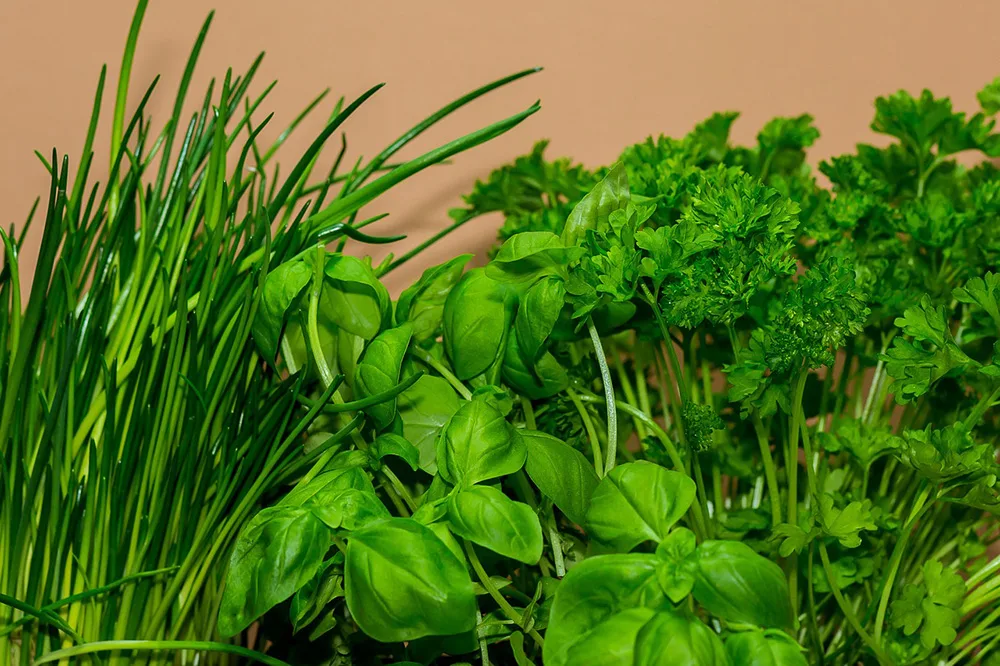
6. Create a system for natural irrigation
Depending on the nature of the emergency, you may not have access to running water from your local provider. The simplest way of providing water for your plants is to use a rain collection barrel. Large barrels suitable for rain collection are available online as well as in some home improvement stores.
You can carry your water to the garden with smaller buckets or install a spigot and hose to your barrel before use. Be sure to use a screen or mesh on top of the rain barrel to keep out debris and minimize insect larvae. Additionally, you can treat this water with purifiers and drink or cook with it.

IgorYegorov / Adobe Stock
7. Protect your survival garden from animals and humans
If you need food grown in your garden to stave off starvation, it is likely that any nearby animals and people are also looking for food. Fencing your garden plot is one way to keep out hungry animals, but it may not be enough of a deterrent.
If you have a pet dog or cat, gathering loose fur and burying it close to the surface around the garden’s perimeter may frighten away creatures. If you do not have access to pet fur, gardening websites and outdoor shops sell wolf urine which deters garden bandits.
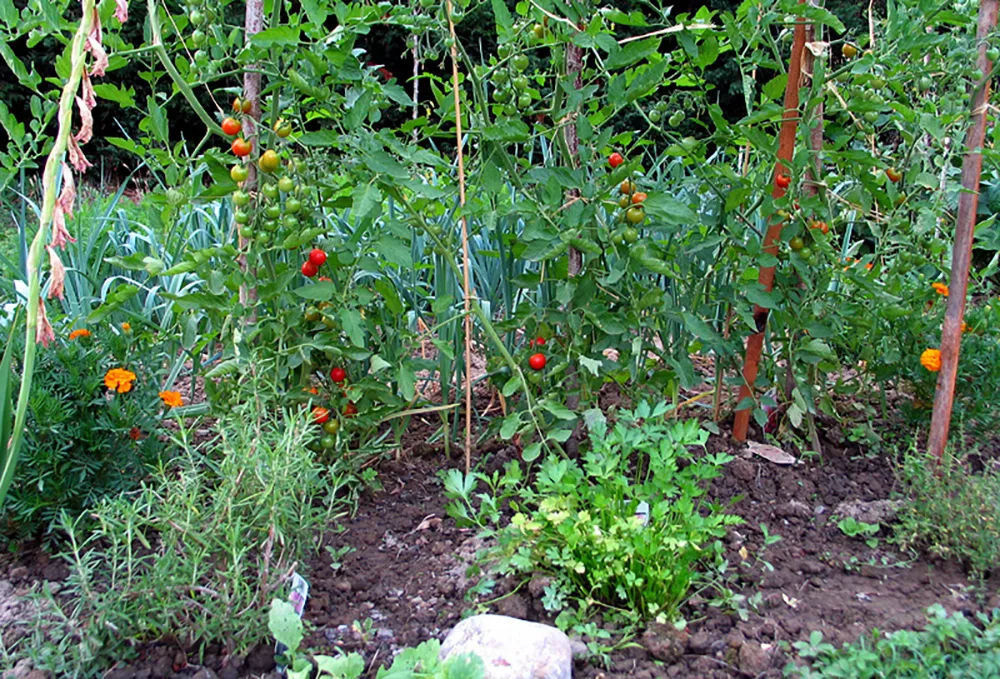
Keeping people out of your garden is more difficult. Many survivalists suggest you plant a garden in an unstructured way so that it does not look like a garden at all. Allowing berry bushes and vegetables that grow on vines to become somewhat overgrown is an excellent way to disguise a garden.
Also, avoid telltale signs that you are growing food, like leaving garden tools in plain view. You have the option to guard your survival garden, but often avoiding a confrontation over food is the best option.
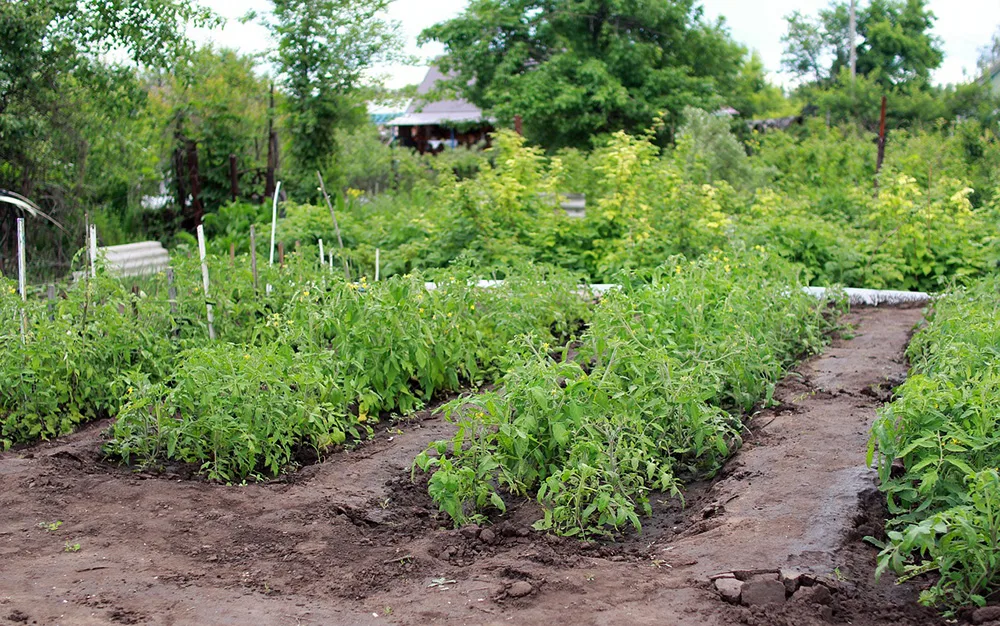
Although no one ever wants to be in the position of needing a survivalist garden, it is always better to be prepared and ready in the event that your garden skills are all that stand between you and starvation.
***
Article by Kathy Ulman from My Patriot Supply. For more than a decade, My Patriot Supply has worked hard to create a comprehensive, one-stop shopping experience for customers interested in self-reliance and preparedness. We offer a wide selection of survivalist gear as well as food, seeds, air purifiers, and water filtration systems. We can meet your survival needs.
